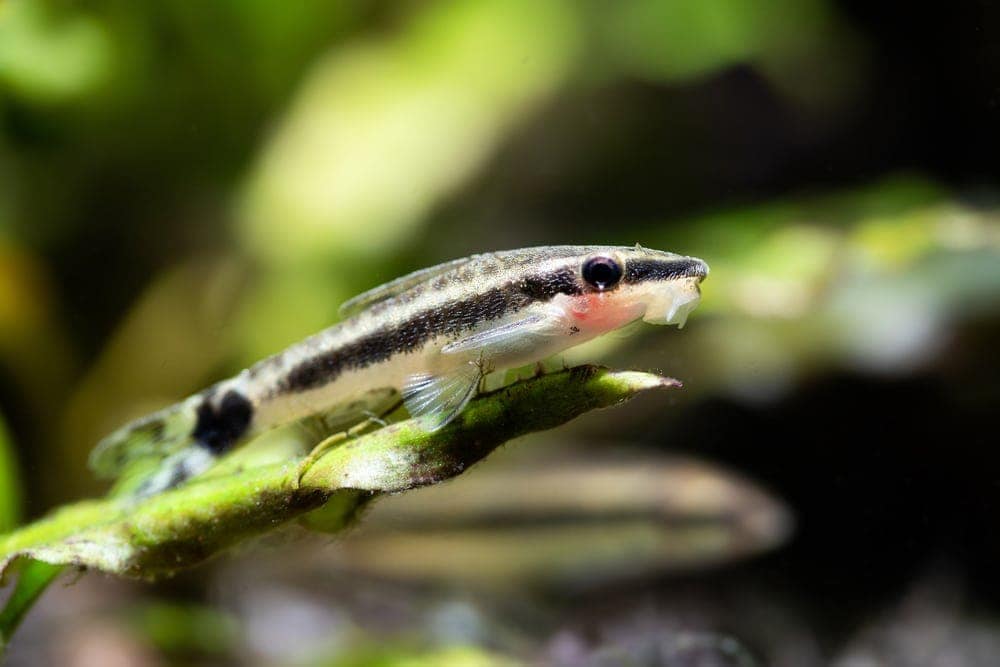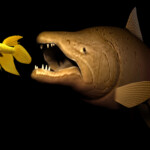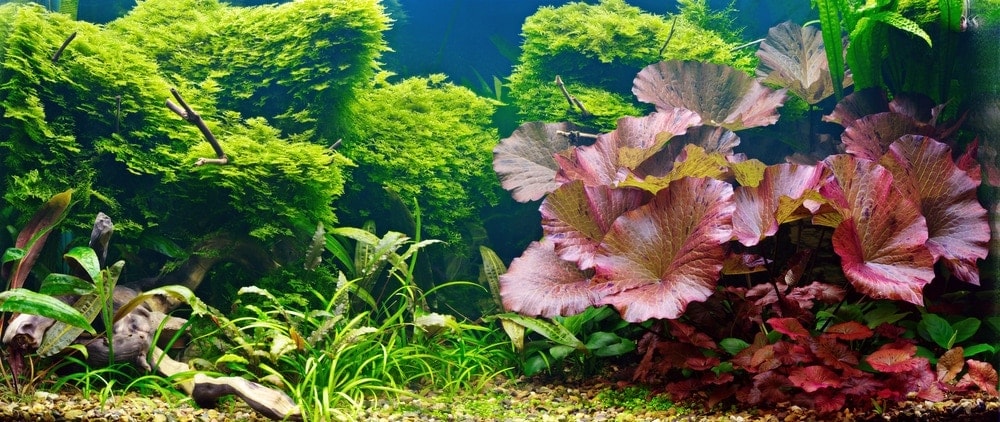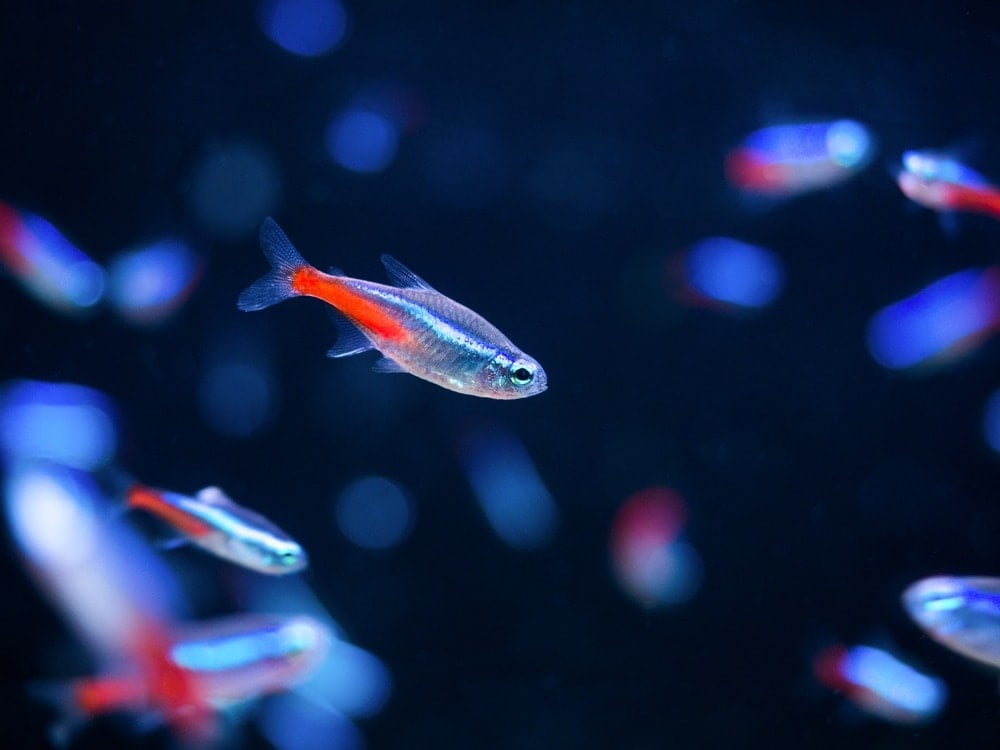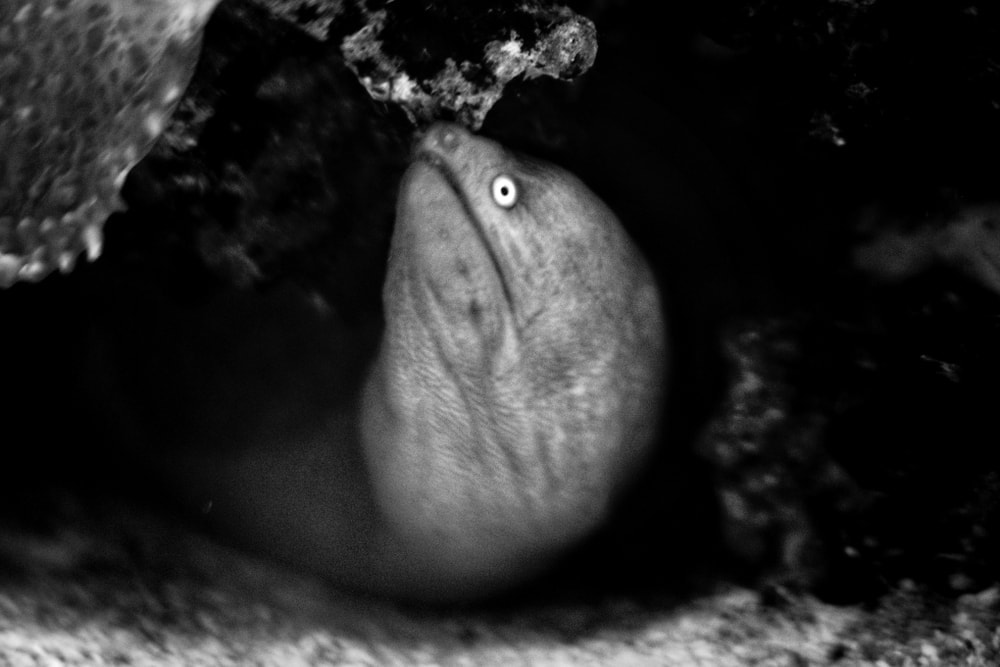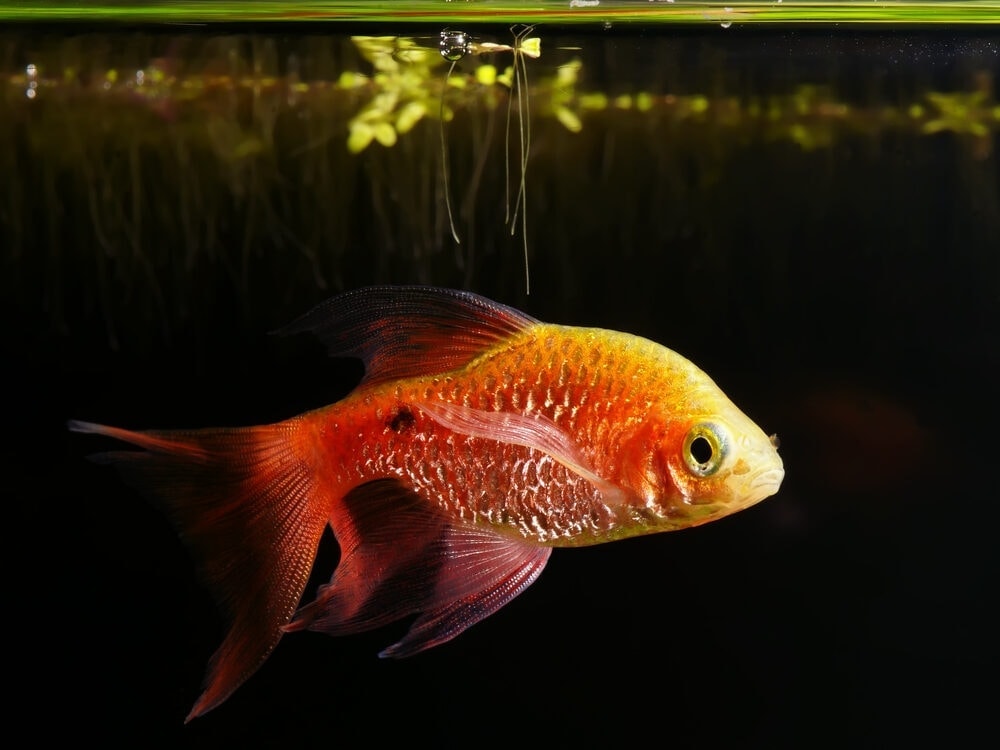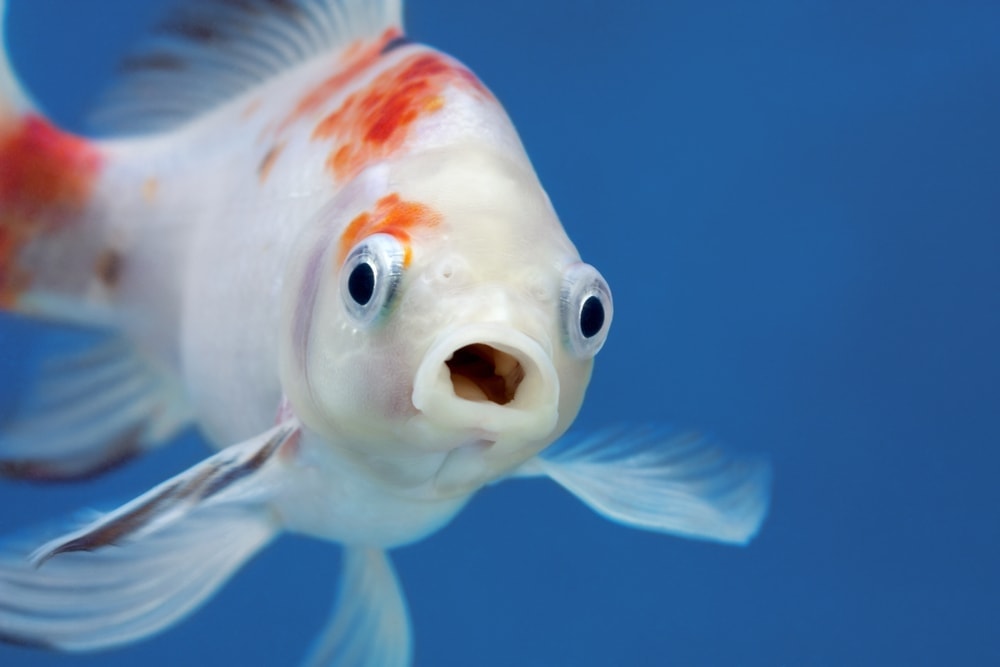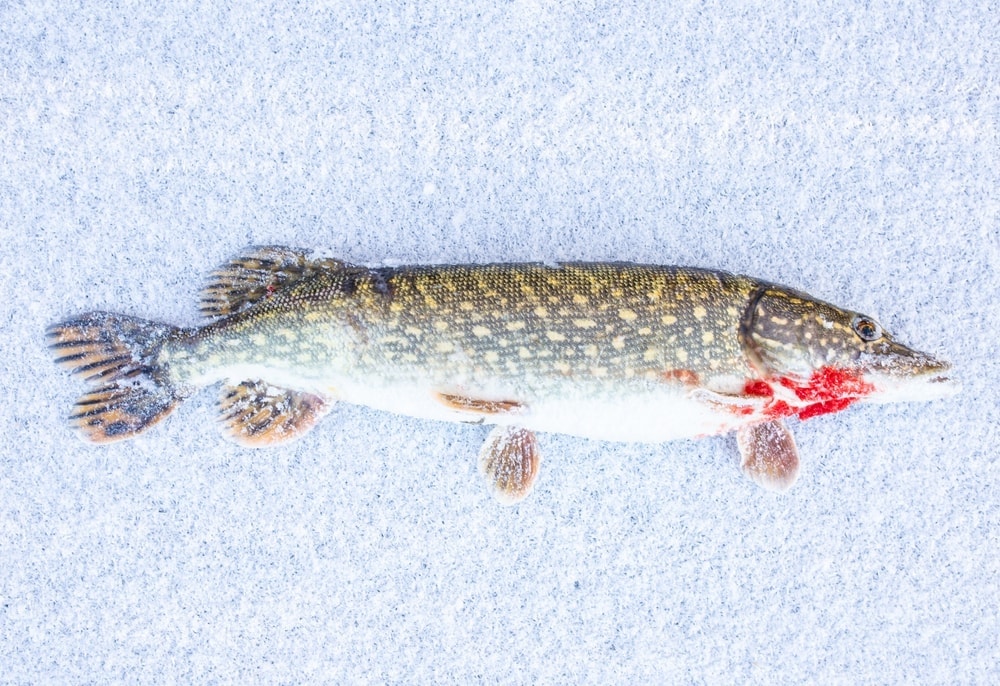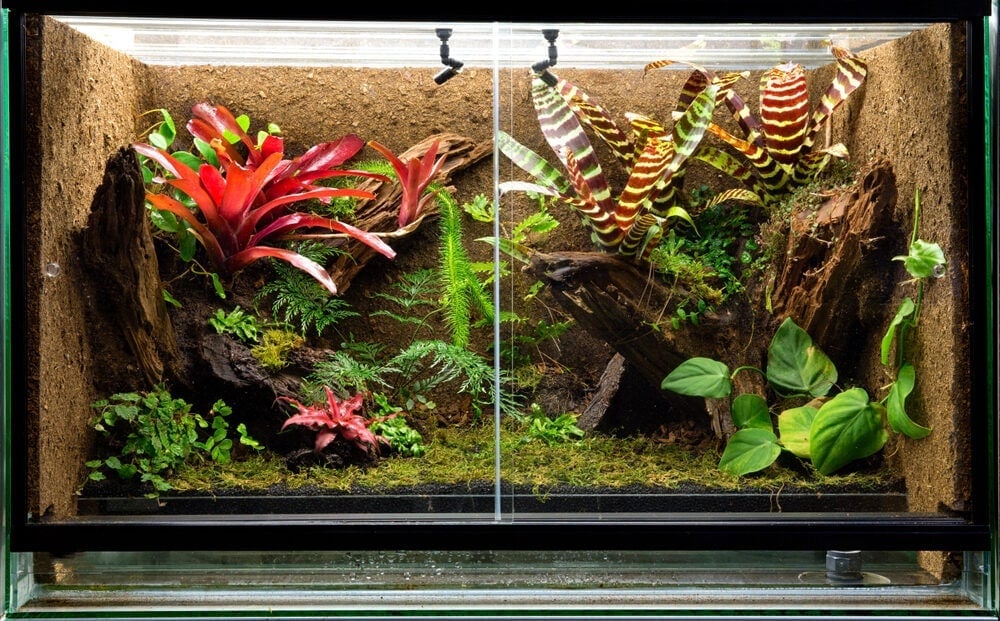See the small buddy down there, feeds on algae, like what? I mean a proper diet has to offer nutrients, so what nutrients does the Otocinclus Catfish derive from algae.
Well, apparently, Algae does have some significant health benefits. And apart from Algae, the Otto Cats do love Zucchini, surprised huh! From feeding on plants that don’t have roots to Zucchini, quite a shift there I must say.
The blue-green algae will provide your Dwarf suckers with iron, magnesium, calcium, potassium and up to four grams of proteins. And that’s not all, as they will also benefit from the essential fats, vitamins A (beta-carotene) and B. Most people are not aware of the health benefits of algae to humans and if you try mentioning it as food, you will most probably get a “Yuck” Reply.
Benefits of Algae
We will, however, focus our energy on how best to take care of the Otocinclus catfish, but a little knowledge of the benefits of algae to humans won’t hurt.
Chlorella is, therefore; the new algae in town and it will enhance your cholesterol levels, and rid your body of toxins. It also contains fiber and Omega 3s among other nutrients. I hope that helps in riding your face of the sneer that you make when you see algae on trees or ponds.
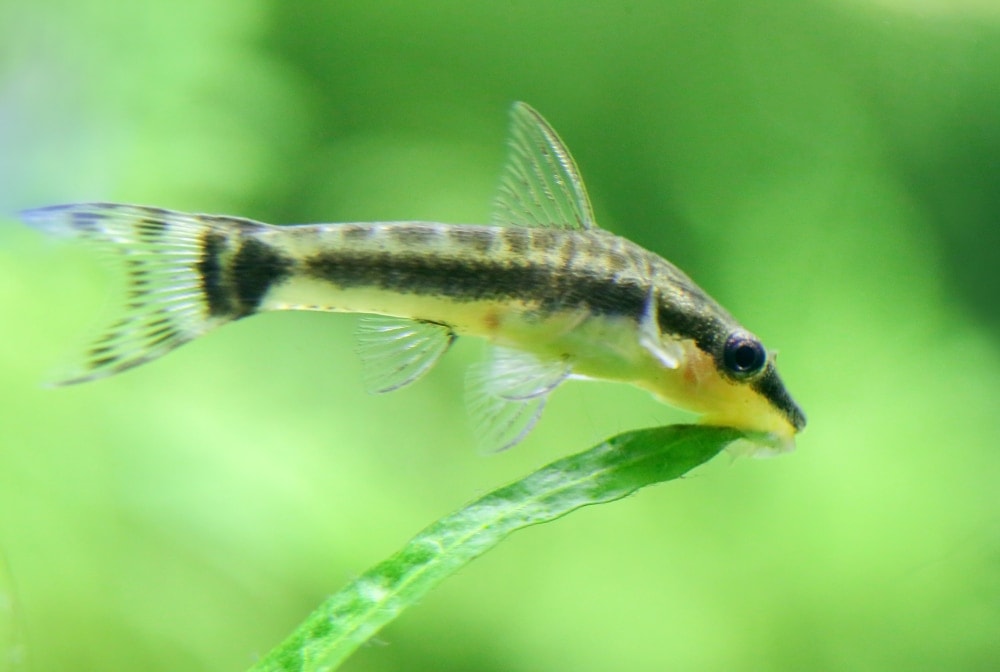
Characteristics of the Otocinclus Catfish
The Otocinclus catfish has also garnered a few aka’s under its fins, like the Dwarf Oto, Otos, Algae scrapers and Otocinclus affinis or the Macrotocinclus affinis among others. The catfish comes in a variety of species about 3000, and the name “Catfish,” was because of their barbells that resemble a cat’s whiskers.
Most celebrities do bear aka’s and this would translate to one of the baddest (to mean the toughest) in the music industry. For the Oto however, it is the exact opposite, because, despite the many aka’s, this type of fish is very docile, and does not have one mean vein in its body.
Compatibility
The fish can comfortably share its space with other aquarium dwellers and most of the time; it is the one that will get abused.
The reason why you should do some research before, adding other types of fish into your aquarium that already contains the Otocinclus catfish; the Dwarf Ottos loves to clean and you will find them cleaning plants or glass, but here is the catch, to properly care for them, you have to provide clean freshwater but not too clean to restrict the growth of algae.
A closer look at the Otto’s, you will notice that its sucker mouth is ventrally located, the reason why it is able to comfortably feed on leftovers and algae. The Otocinclus catfish have different body colors, which vary from species to species for example; the Zebra Otocinclus features a dark color thus a more camouflaged look, and the Otocinclus affinis has a dull gray body color combined with long brown stripes.
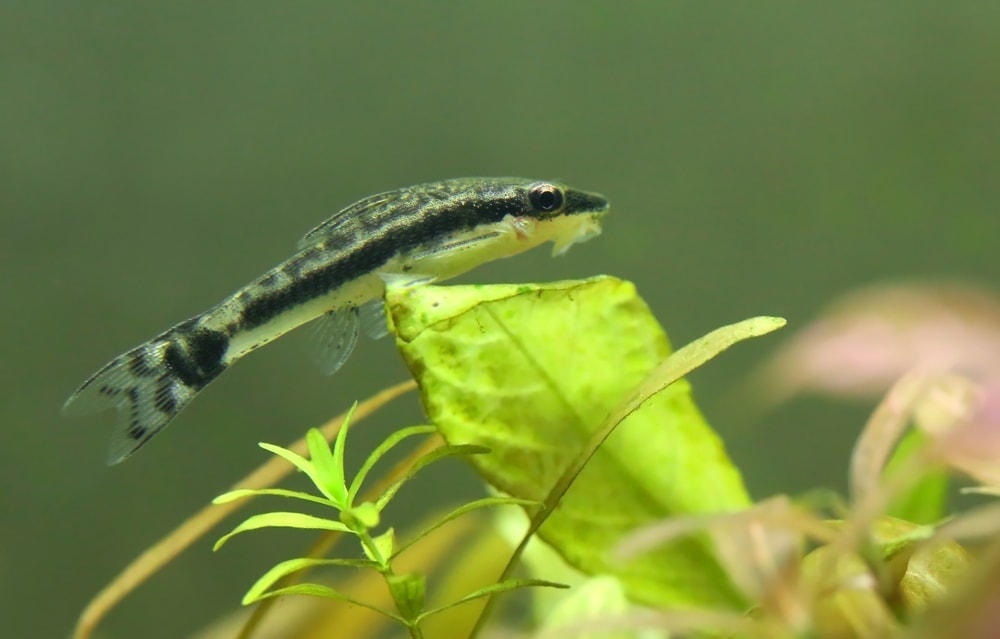
Otocinclus Catfish Care Guide
Did you know that a well-fed Otocinclus normally has a round protruding belly; you will also notice that they are very aggressive and like to dart very fast, mostly when scavenging for food. So we can safely say that they do have some hunting prowess for leftover fish food, and the tiny pieces of leaves. However, Algae seems to be their staple food that your aquarium should not lack if you want to keep the Otos healthy.
Upon adopting an Otocinclus catfish, you must first ensure that you have prepared a good home for it; if you will be utilizing an aquarium then ensure that the water temperature ranges from 70 to 78 degrees Fahrenheit, to provide a stable and balanced habitat for their survival.
Offer a natural environment
They also like their environment natural with plants and rocks, the former is for food especially for algae growth and the latter is for hiding, just like in its natural habitat. The plants that you include in the aquarium should be of the soft green and filmy variety, and since they like to feed on algae that will grow on the rocks and other hard surfaces inside the aquarium, provide conditions that will encourage their growth.
And even though they can survive on algae, a little variety and treats will also help enhance their growth and metabolism. In this case, you could provide them with Zucchini slices, which is also one of their favorite fresh vegetables or the algae wafers. But remember they are also very selective with the type of food that you provide and not all of them will feed on Zucchini.
Due to their calm nature, you will not want them to die of loneliness and boredom, so find them company; you could introduce other harmless fish in the aquarium such as the mollies, tetras, swordtails, bettas, guppies, angelfish and the discus or get them in pairs.
Don’t fail to feed them
Many people, me included did not know that the Otocinclus Catfish have an attitude or should I say pride, the moment you fail to provide enough food for the fish, its larger than life attitude will not let it feed properly. And believe it or not, the desire to feed will disappear, which means it will be as good as dead, and the reason you are advised to get one that looks fat with a nice protruding belly.
Water PH levels
Regular partial water changes should be done in the aquarium so that the water maintains its buffering capacity. The recommended PH level of the water therefore, ranges between 6 and 7.5; hardness can range from 6 degrees to 15 degrees Dh.
The water should also be well filtered with the nitrates low, and ammonia and nitrates at 0PPm. The fish’s lifespan is set at 3 to 5 years, however, they are not likely to go extinct anytime soon, as they like to breed and will lay their eggs on rocks and plants. Important to note is that a sudden shift in parameters or water temperature will stress the Dwarf sucker leading them to death.
